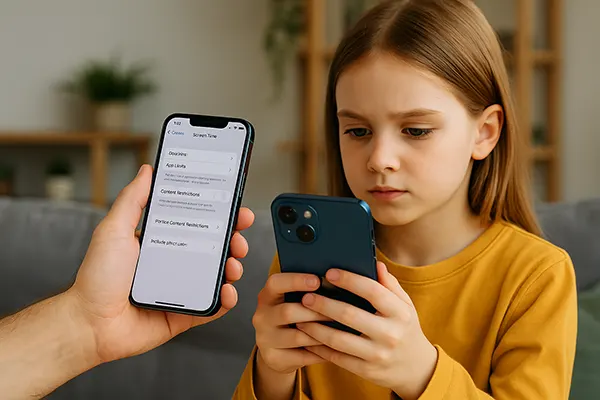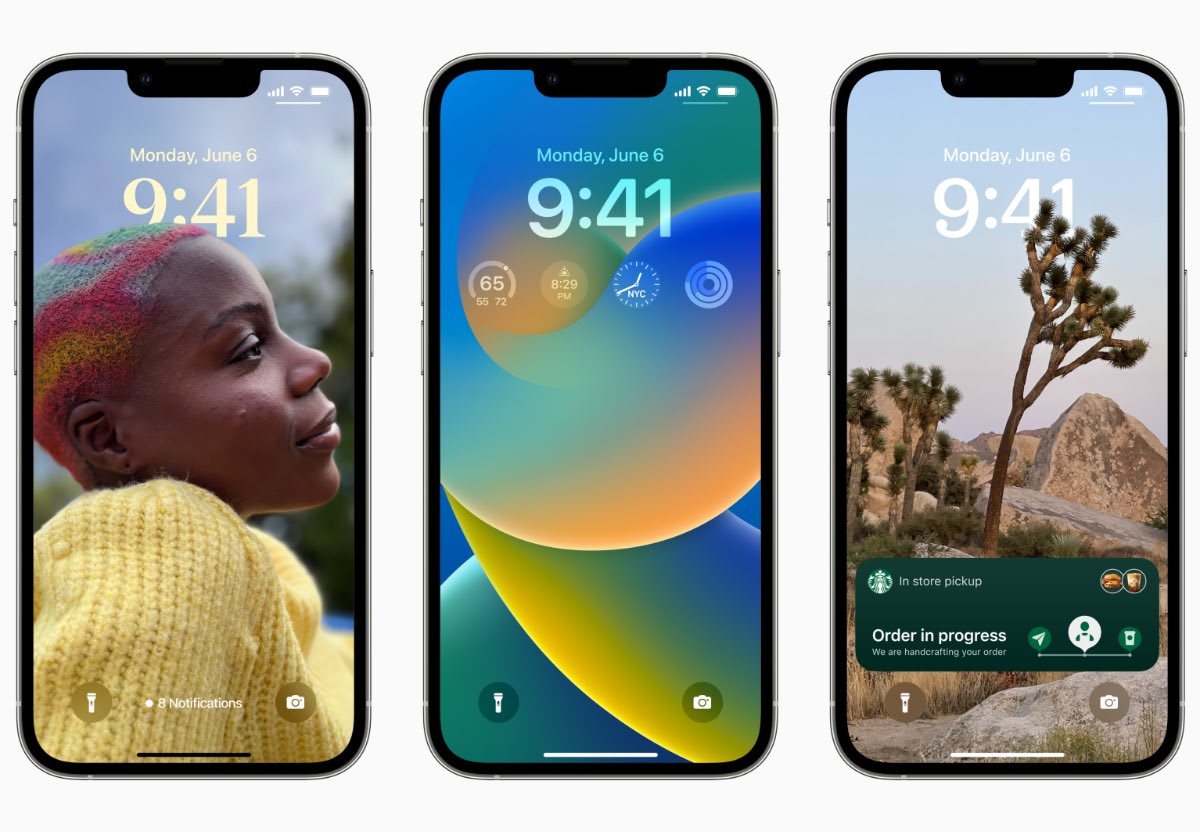
Children and iPhones: How to Protect Digital Hygiene in 2025
In the age of touchscreen childhoods, managing screen time and shielding young users from harmful content is no longer optional — it’s essential. As iPhones become an integral part of children’s lives, parents must learn how to effectively configure restrictions, set healthy boundaries, and ensure safe digital environments. This article provides a detailed, up-to-date guide for parents using iOS 18, covering all key features for digital child protection.
Key Features of Parental Controls in iOS 18
With the release of iOS 18, Apple has significantly expanded its parental control features, making it easier than ever for parents to create a safe digital space. The new setup flow includes automatic prompts to link child Apple IDs, preset content filters by age, and scheduling tools to manage app use. Everything is integrated into the “Screen Time” and “Family Sharing” sections of Settings, offering a seamless management interface.
Parents can assign time limits to specific apps or categories, such as social media or games. These limits reset daily, and children are notified when their time is up. Additionally, app download requests now trigger real-time approval prompts for parents via Messages, allowing immediate decisions without accessing the child’s phone.
Another new tool is “Communication Safety,” which detects explicit images in Messages and warns the user. It’s now extended to cover AirDrop and third-party apps, reinforcing protection across devices. This feature is opt-in and configurable per child account.
How to Set Up iPhone Restrictions for Children
Start by creating a child Apple ID through Family Sharing. This allows you to link their iPhone to your control panel and apply restrictions remotely. Navigate to Settings → Screen Time → Turn on Screen Time. Then select your child’s device under Family.
From there, enable “Downtime” to set quiet hours when the phone can’t be used, such as during bedtime or school hours. You can also enable “App Limits” to define how long your child can use specific apps each day. All changes sync instantly across devices logged into their Apple ID.
Next, go to “Content & Privacy Restrictions” to fine-tune which websites, apps, and features are available. Turn on restrictions, then filter content by age rating, block web adult content, and disable purchases and account changes. You can even prevent them from using Siri to search inappropriate topics.
Screen Time Management and Device Usage Awareness
Screen time tools are more than just timers — they’re behaviour shapers. With iOS 18, you can now access detailed reports of your child’s usage, broken down by category, app, and hour. These reports help identify digital habits and initiate healthy discussions about device use.
New AI-driven suggestions offer personalised prompts for parents. For example, if a child regularly uses social media late at night, the system may recommend earlier Downtime or stricter limits. Weekly summaries are automatically sent to both parent and child for transparency.
In addition, “One More Minute” settings have been refined to discourage excessive screen time. Children are now prompted to justify extensions, promoting reflection and better self-regulation. Parents can disable the extension feature altogether or limit it to educational apps only.
Creating a Balanced Digital Routine
Establishing device-free zones and times is key to maintaining a healthy balance. Designate areas like bedrooms or dinner tables as screen-free, and use Downtime settings to enforce these boundaries. Children benefit from routine and structure, which these tools help reinforce.
Integrate daily educational content limits to encourage diverse screen use. For example, 30 minutes for YouTube Kids, 20 minutes for games, and unlimited time for reading apps or schoolwork. This promotes intentional, rather than passive, engagement.
Also, use Apple’s “Ask to Buy” function to monitor app and in-app purchases. This gives parents control over digital spending and prevents access to potentially harmful freemium games or adult content disguised as child-friendly apps.

Protecting Children from Inappropriate Content
iOS 18 provides granular control over what your child can access online. The “Web Content” section under Restrictions allows you to block adult sites, restrict access to specific domains, or only allow handpicked sites. This can be configured per device for siblings of different ages.
In the App Store, you can block apps by rating — for example, only allowing those suitable for ages 4+, 9+, or 12+. The same goes for movies, books, and music with explicit lyrics. These restrictions apply to native and third-party apps, helping enforce consistent filtering.
With iCloud Private Relay and new tracking prevention features, iOS 18 also minimises exposure to external data collection. Even Safari search results are filtered according to the child’s profile. This reduces the risk of targeted ads and malicious redirections.
Safer Communication and Device Monitoring
One of the most important updates is the extension of Communication Safety to real-time messaging apps and AirDrop. Messages containing nudity or explicit content are automatically blurred, and the child receives a warning about inappropriate material.
Additionally, parents can now monitor who their child communicates with. The “Contacts Only” setting restricts interactions to saved contacts. Unknown calls and texts are automatically silenced and logged for parental review.
Parents are also able to track their child’s location, battery level, and last device unlock time via the Find My app. These data points help reassure parents about safety without invasive oversight. Notifications can be set for when the child arrives or leaves a designated area.
Related articles
-
 Updates in iOS 16
Updates in iOS 16Apple products today are incredibly popular, and many people prefer …
-
 Apple’s Environmental Initiatives in ...
Apple’s Environmental Initiatives in ...In 2025, Apple stands as one of the leading technology …
-
 Digital Archives of Antiquity: How Ap...
Digital Archives of Antiquity: How Ap...In 2025, technology has become an essential bridge between the …
